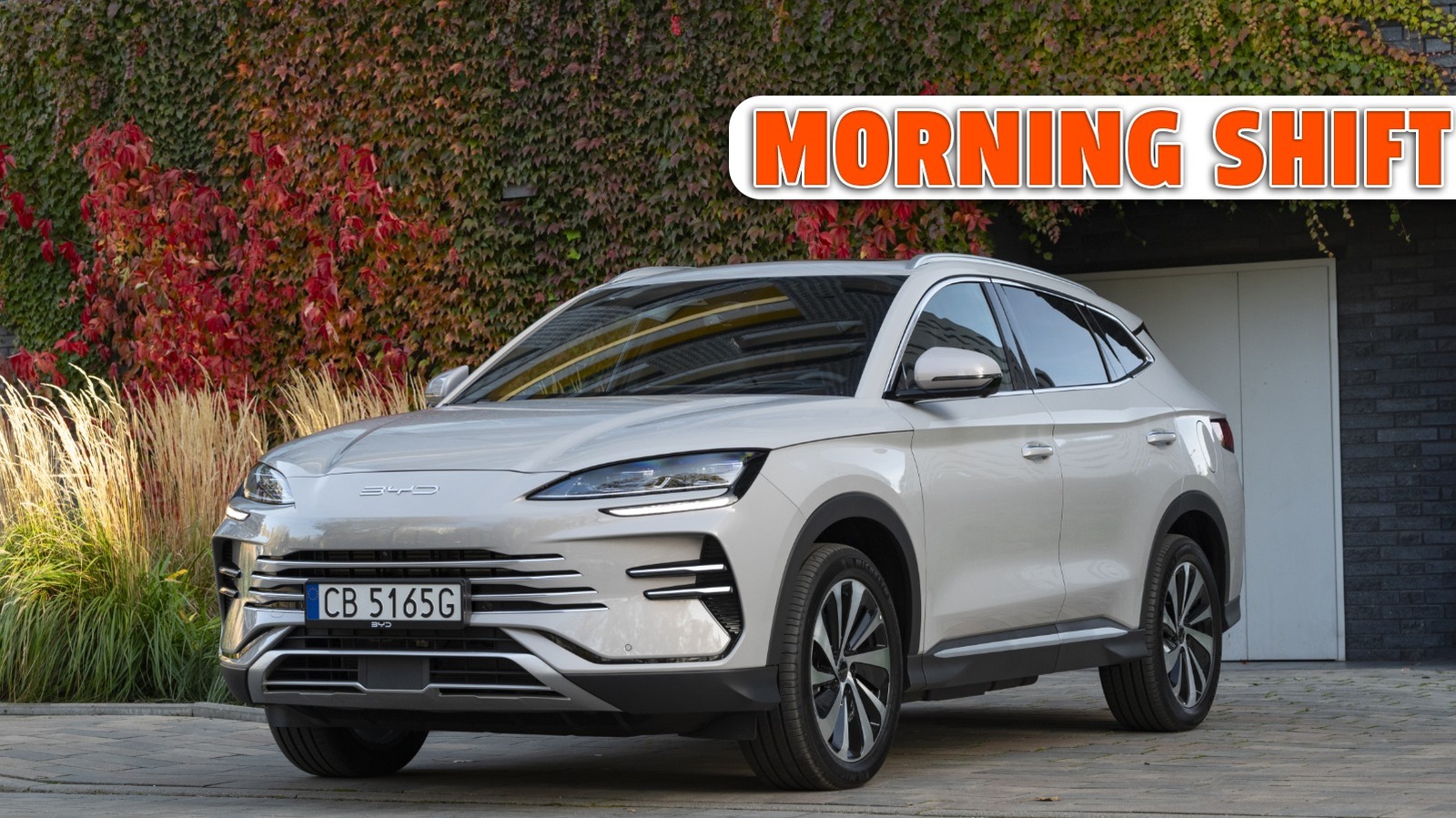European car buyers are making a noticeable shift in their preferences, and it’s creating quite a buzz in the automotive world. Recently, BYD, a Chinese electric vehicle manufacturer, has been gaining traction in Europe, often outpacing Tesla in sales. This trend raises some interesting questions about what’s driving this change and what it means for the future of electric vehicles on the continent.
What’s Behind BYD’s Rise in Europe?
BYD’s ascent in the European market can be attributed to several factors. First off, their vehicles are often more affordable than Tesla’s offerings, making them an attractive option for budget-conscious consumers. The brand has also been expanding its lineup with a variety of models that cater to different tastes and needs, from compact cars to larger SUVs. This versatility is appealing to a broader audience.
Moreover, BYD has been proactive in establishing a strong presence in Europe, setting up local production facilities and forming partnerships that enhance their supply chain. This local approach not only reduces costs but also helps in building trust with European consumers who are increasingly concerned about sustainability and local economies.
In contrast, Tesla, while still a dominant player, has faced challenges in meeting demand and maintaining its production timelines. Issues like delivery delays and quality control have left some customers looking for alternatives. The result? BYD is stepping in to fill that gap, offering a compelling mix of affordability, reliability, and innovation.
What Does This Mean for Tesla?
Tesla’s position in Europe is certainly not in jeopardy, but the rise of BYD signals a need for the company to reassess its strategies. As competition heats up, Tesla may need to focus on enhancing its customer experience and addressing any production hiccups. Additionally, expanding its model range to include more budget-friendly options could help retain its market share.
The UAW’s Concerns About Stellantis’ Detroit Hub
Shifting gears, let’s talk about the United Auto Workers (UAW) and their recent concerns regarding Stellantis’ proposed hub in Detroit. The UAW has voiced strong opposition, arguing that the plan could lead to significant job cuts. This is particularly alarming given the current climate in the automotive industry, where job security is already a pressing issue.
Stellantis, formed from the merger of Fiat Chrysler and PSA Group, is looking to streamline operations and enhance efficiency. However, the UAW argues that this focus on efficiency shouldn’t come at the expense of workers. The union is advocating for a more balanced approach that prioritizes both innovation and job preservation.
What’s at Stake for Workers?
The stakes are high for workers in the automotive sector, especially as the industry shifts towards electric vehicles. While the transition to EVs is crucial for sustainability, it also raises questions about job displacement. Many traditional manufacturing roles may become obsolete as companies adopt new technologies and processes.
The UAW is pushing for commitments from Stellantis to ensure that workers are not left behind in this transition. This includes retraining programs and guarantees that new jobs will be created in line with the shift towards electric vehicles. The goal is to create a future where workers can thrive alongside technological advancements, rather than being pushed aside by them.
Navigating the Future of the Automotive Industry
As we look ahead, the automotive landscape is clearly evolving. The competition between BYD and Tesla is just one facet of a much larger picture. The industry is grappling with the dual challenges of innovation and workforce stability. For consumers, this means more choices and potentially better prices, while for workers, it’s a call to action to ensure their voices are heard in the face of rapid change.
The big takeaway? The rise of BYD isn’t just about a new player in the market—it’s a reminder that adaptability is key in the automotive world. For workers, the focus should be on advocating for their rights and ensuring that the transition to electric vehicles is inclusive. Start with one change this week, and you’ll likely spot the difference by month’s end.


